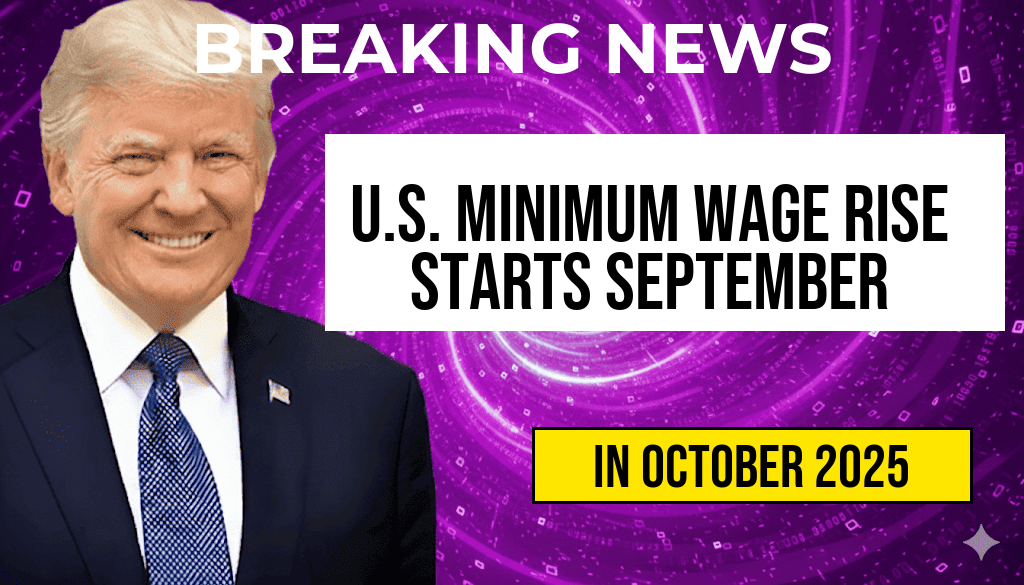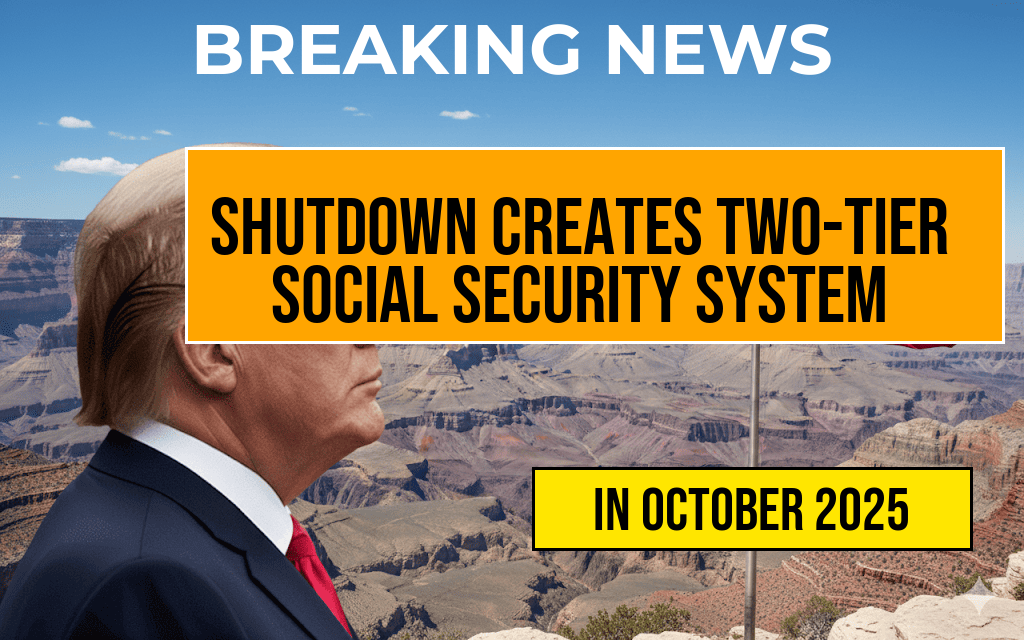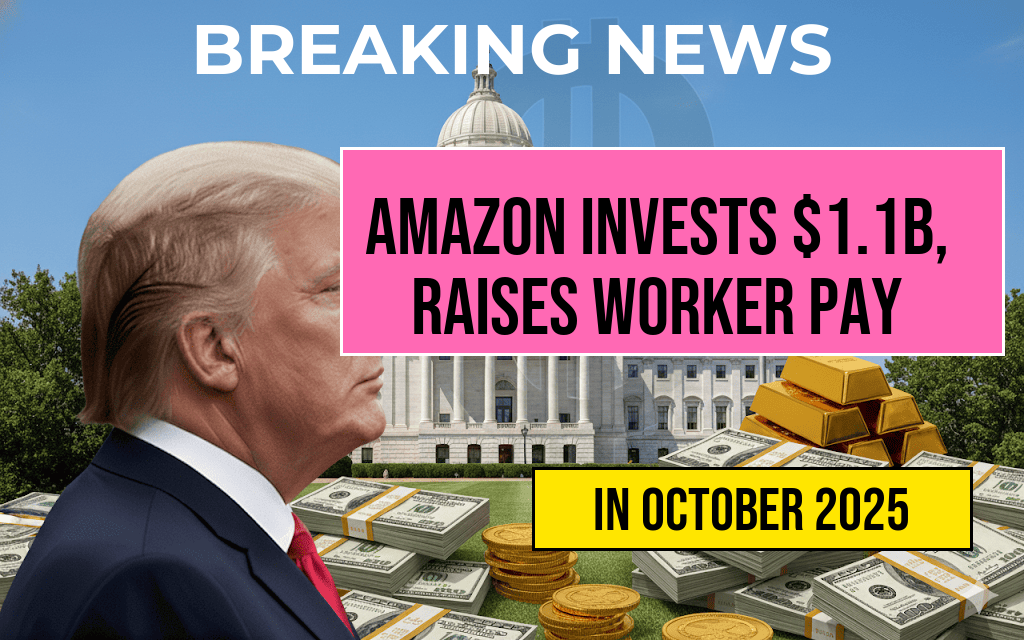Effective September 30, 2025, the United States will see a nationwide increase in the federal minimum wage, impacting millions of workers across various industries. This adjustment reflects ongoing efforts to address economic disparities and ensure a living wage for employees earning the minimum. The new rates, determined through legislative measures and inflation adjustments, represent a significant change from previous levels, with some states and localities implementing even higher wages based on regional economic conditions. The scheduled increase aims to provide workers with increased purchasing power while prompting employers to adapt their compensation structures. This article provides a comprehensive overview of the new hourly rates, highlighting how they compare across states and sectors, and explores the broader economic implications of this policy shift.
Details of the Federal Minimum Wage Increase
The federal minimum wage will rise to $**X.XX** per hour, marking an increase from the current rate of $**Y.YY**. This adjustment is part of the scheduled updates mandated by the Fair Minimum Wage Act of 2007, which ties minimum wage increases to inflation and economic growth indicators. The change is designed to help workers keep pace with rising living costs, which have been notably impacted by inflationary pressures over recent years.
Impacted Sectors and Workers
While many employees in retail, hospitality, and service industries will see direct benefits from the new minimum wage, some sectors with higher wage thresholds or collective bargaining agreements may already exceed the federal minimum. The increase is expected to benefit approximately 20 million workers nationwide, according to the U.S. Department of Labor. Small businesses and startups, however, may face challenges adjusting to higher wage costs, prompting discussions around automation and operational shifts.
State and Local Variations
It is essential to recognize that several states and municipalities maintain their own minimum wage laws, which often exceed federal standards. States like California, Massachusetts, and Washington already enforce higher minimum wages, with some localities setting rates well above the federal benchmark. The upcoming federal increase may influence local policies, but in many cases, regional wages remain higher to reflect local economic conditions. For example, the Wikipedia page on minimum wages provides detailed insights into state-specific rates and legislative histories.
New Hourly Rates by State and Locality
| State or Locality | New Hourly Wage | Previous Rate |
|---|---|---|
| Federal (Nationwide) | $**X.XX** | $**Y.YY** |
| California | $**A.AA** | $**B.BB** |
| New York | $**C.CC** | $**D.DD** |
| Texas | $**E.EE** | $**F.FF** |
| Florida | $**G.GG** | $**H.HH** |
Economic Impacts and Industry Responses
Proponents of the wage hike emphasize its potential to reduce income inequality and boost consumer spending, which can invigorate local economies. However, critics warn of increased operational costs that could lead to higher prices or job cuts. Small business associations have expressed concern about the short-term financial strain, urging policymakers to consider phased increases or targeted support. Conversely, labor organizations have welcomed the measure, citing improved standards of living for low-wage workers.
Potential for Automation and Workforce Shifts
As wages rise, some employers may accelerate investments in automation to offset labor costs. Industries such as retail and hospitality, which traditionally rely heavily on minimum-wage workers, are exploring technological solutions to remain competitive. This shift could reshape employment patterns, emphasizing the need for workforce retraining initiatives and alternative job opportunities in emerging sectors.
Looking Ahead
The September 2025 wage increase marks a pivotal point in ongoing discussions about wage policies and economic fairness. While the federal government sets a baseline, regional variations and economic conditions will continue to influence wages at the local level. Stakeholders across the spectrum are watching closely, as these changes will influence employment, consumer behavior, and economic growth in the coming years. For more detailed information on minimum wage policies and legislative developments, visit the U.S. Department of Labor.
Frequently Asked Questions
What is the effective date of the new minimum wage rates?
The new minimum wage rates will take effect on September 30, 2025.
How will the minimum wage vary across different states or regions?
The article provides a full list of new hourly rates that differ by state and region, reflecting local adjustments to the federal minimum wage.
Are there any exceptions or special cases in the new minimum wage laws?
Yes, some exceptions apply, such as for tip employees or certain industries. Please refer to the detailed list for specific rates and exemptions.
How does the new minimum wage impact employers and employees?
The increase in hourly rates aims to improve employee earnings and ensure fair compensation, while employers may need to adjust their payroll budgets accordingly.
Where can I find the complete list of new hourly minimum wages?
The article provides a full list of hourly rates for all applicable regions, which can be accessed within the full article for detailed information.






